This tactile learning activity is easy to use and fun! Have kids use only the sense of touch to feel and identify learning materials.
Children spend a large amount of their day using their visual systems. What happens when you remove visual input from a learning activity?
Are kiddos able to just use their hands to identify objects? Do their tactile and proprioceptive systems function properly?
Will they be tempted to peek to help discover an object?
Hands on tactile learning boasts many benefits for kids. Specifically, tactile discrimination tasks add a fun challenge for kiddos when learning.
Hands on Learning using Tactile Discrimination
Tactile discrimination is the ability to identify an object by only using the sense of touch.
The touch (or tactile) receptors in the hand give the brain tons of information, especially for their small size in relation to the rest of the body (similar to the mouth as mentioned in the Oral Sensory Activities post.)
The touch system helps to protect us. It also helps us detect specific information and discriminate differences in the objects we feel.
The proprioceptive system gives info from within the muscles and joints regarding force and movement of our hands and fingers. It helps the tactile system understand the weight and size of objects.
These two systems work together to help your brain feel objects with your hands.
For example, if you reach into a laptop bag, you can pull out a pen instead of a pencil.
Similarly, if you reach into your pocket or a bag to grab a coin, you’re able to tell the difference between a quarter, a nickel and a dime.
You don’t have to stop and look to see what’s in the bag, you’re able to identify and retrieve the object because you felt the difference in your hand.
Kids sometimes need extra practice with this. It’s a fun challenge to add during learning and play.
Why is Tactile Learning Important for Children
The sense of touch provides the brain with so much information!
Adding the extra challenge of only using the hands to identify objects gives the brain that much more learning input!
With our rapid increase in digital learning and technology, it’s important to find extra ways to encourage kids to use their hands.
Our bodies were created with the intention of using our hands to explore the world around us!
I frequently incorporate tactile discrimination activities into my occupational therapy sessions.
Furthermore, I encourage teachers and parents to plug these types of activities into play and learning.
There are games available for purchase to use in preschools and schools that include tactile discrimination activities.
I’ve found it easier to make my own versions to supplement teacher lessons and play activities!
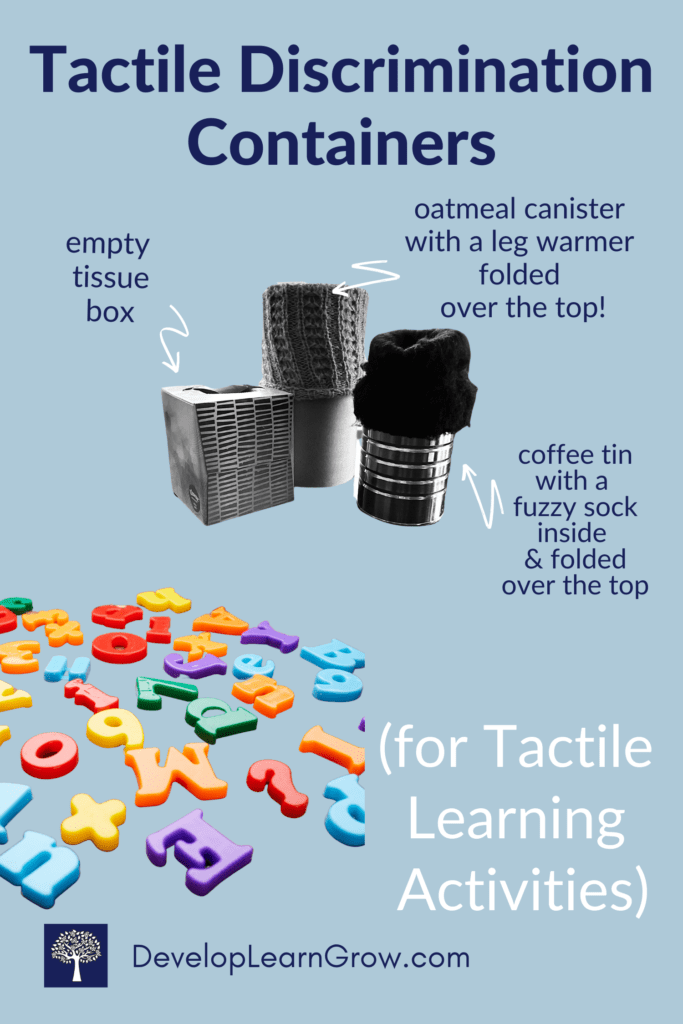
Creating Feely Bags or Containers for the Tactile Learning Activity
The following are examples of objects to use as the bag/container to hold the learning items or toys. Finding one that doesn’t allow for peeking is important… some kids don’t mean to peek during this activity, they’re just so used to using their eyes to help their hands!
- Clean sock (long fuzzy socks work well)
- Backpack or drawstring sack
- Empty tissue box
- Small cinch bag (puffer coat bags or sleeping bags work well!)
- Stocking (with a loosely tied string or band around the top if the opening is too large)
- Winter hat (with a string or band around the base)
- Pillowcase (with ties around the top if needed)
- Large soft sock inside a cylindrical container (folded down around the top of the container)
- Empty box with an X cut out in the top
- Gift bag (with crumpled tissue paper covering the hidden learning objects)
- Large basket with shredded paper or plastic grass in it
How to Incorporate Tactile Discrimination Activities Into Learning Routines
Listed are examples of how to incorporate tactile discrimination activities into academic lessons. These are only a small list of possibilities… I’m sure you can come up with many more!
- Math: reach in a bag to feel and find magnet, wooden or foam numbers to sequence numbers or build and solve math problems. Identify coins or collect coins to match a money value.
- Language lessons: feel and find letters (magnet, wooden, or foam) for matching sounds, spelling name, spelling words, etc. Locate an object that someone else is describing.
- Writing: What’s in the bag? Feel a mystery object, describe in full sentences to others, write sentences about it, or use it as a writing prompt for a story.
- Science: describe properties that are felt such as shape/size/texture/weight. Feel and match a figurine that matches a specific habitat or an object that matches a definition.
- Social Studies: match wooden puzzle state outlines. Identify objects from history or from various cultures.
How to Incorporate Tactile Learning Into Play
Tactile discrimination games, such as Guidecraft’s 3D Feel and Find, include reaching into a cinched bag to remove a complex shape that matches an outline. There are also other games that include matching various textures of objects.
You can modify your existing games to add the challenge of tactile discrimination: puzzle pieces, shape sorters or games such as Perfection.
Simply place the items in a “feely” bag or container where the child is unable to peek inside before retrieving the desired shape to match to a chosen outline.
Additionally, household items, kitchen items, play food or animal figurines can also be used.
During the holidays, teachers and I place items such as ornaments, pine cones, candy canes, gift bows, etc. into a stocking.
Younger students may need a model of the object visually in front of them. They reach into the stocking to feel and find a match to the object that the teacher has chosen for them to find.
Older students would describe what they were feeling without peeking and have peers guess what’s in the stocking.
Or, the teacher would have them feel a mystery object in a bag and use it as a writing prompt.
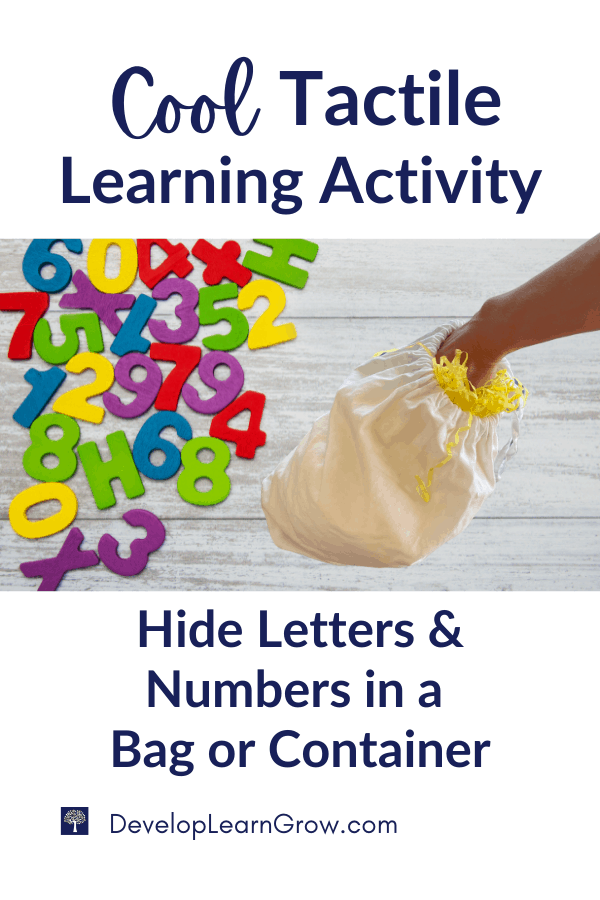
Additional Tips for the Tactile Discrimination Activity
When beginning this activity, start with only a few objects at a time to make sure each kiddo has some success feeling the difference between objects.
If I have students match 5 items, I’ll start by having them pull out one at a time- and they keep the match out of the bag. Matching the fifth object is easy because it’s the only one left!
Then, during the next round of matching, I’ll have them reach in the bag to feel for a match, but they place that item back in the bag so they have to feel all of the items each time.
To increase the challenge of feeling for objects, add extra items or textures to the bag to make the searching a little harder.
For example, during craft projects, I have students choose which foam stickers they want (egg, bunny, bird, etc) and then they have to feel and find it in a bag of shredded paper or Easter grass before using it for their craft.
Ways to Use the Tactile Learning Activity during Hybrid or Remote Learning
If using this activity during distance learning or virtual learning, students can create their own mystery bag or container using the examples listed above.
Students can gather necessary items. Or, parents could secretly gather appropriate learning items and place in the container for the students.
If you’d like this for a stand alone homework assignment, share this post with parents. Have the tactile discrimination activity be a homework challenge for the students to play with family members.

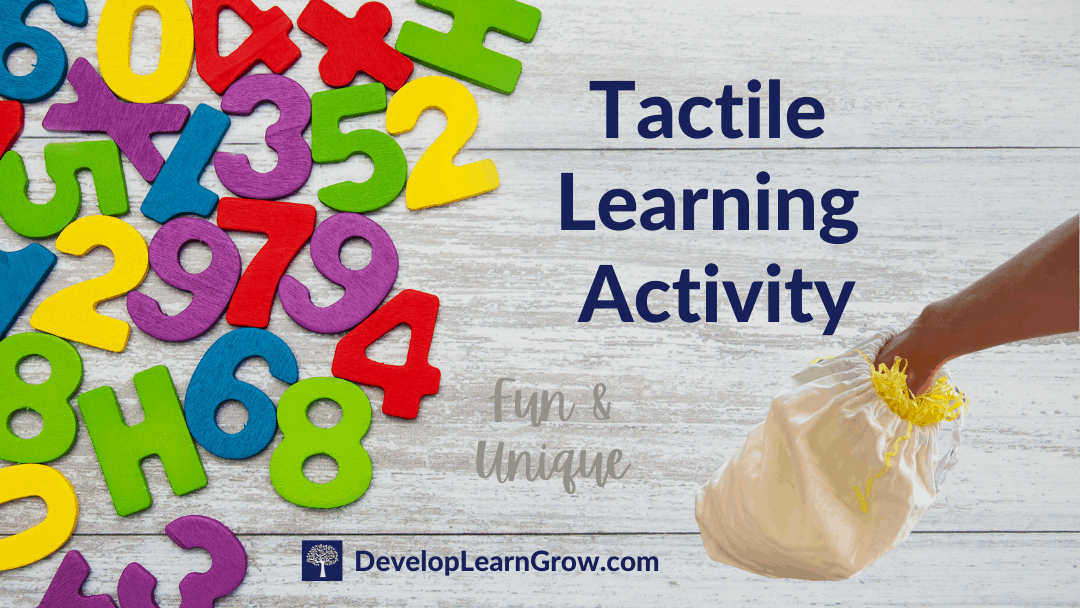
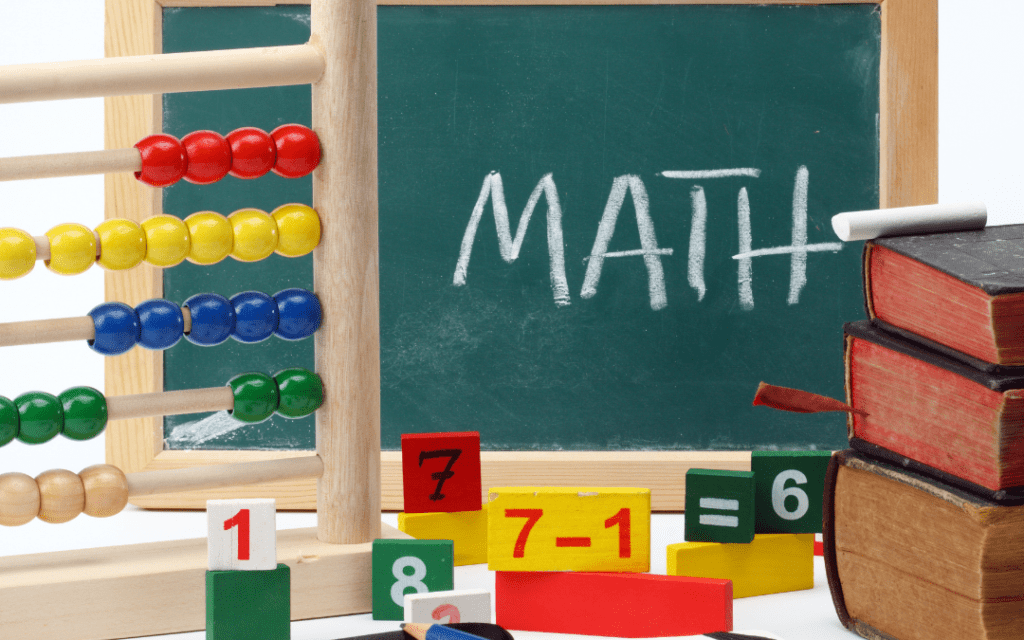

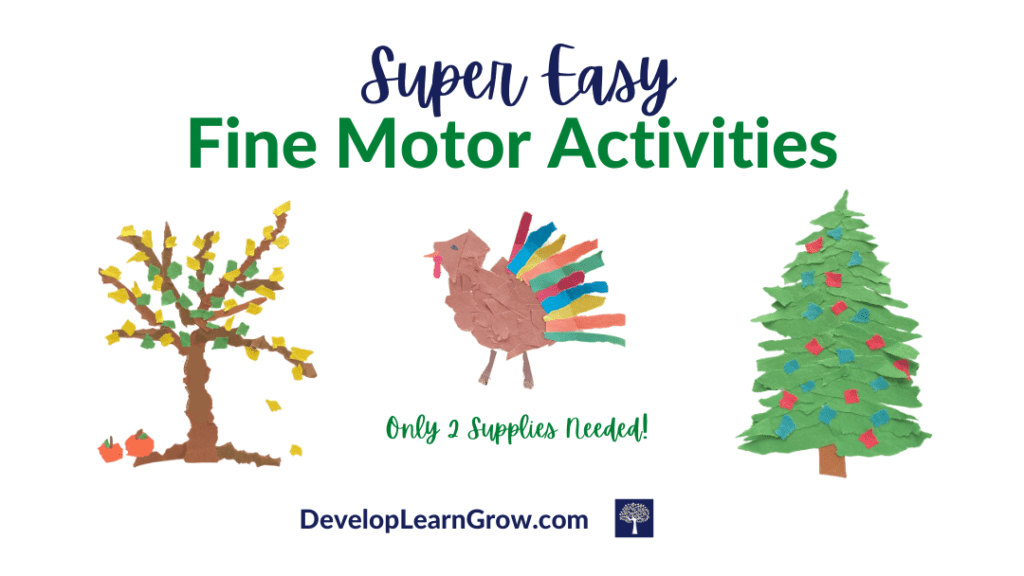

0 Comments